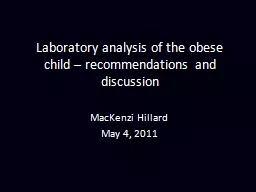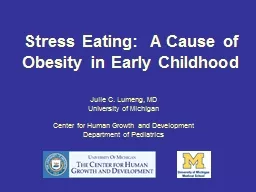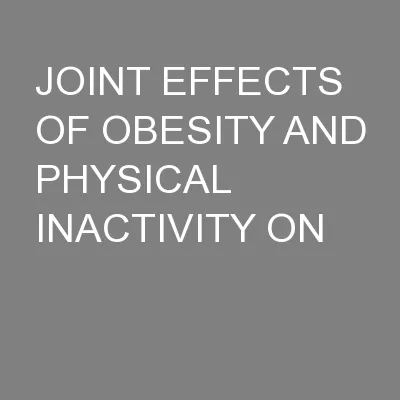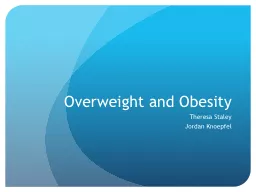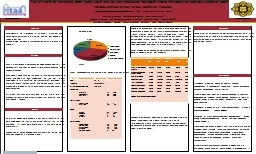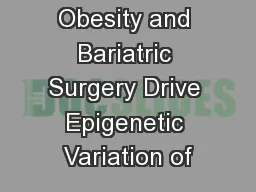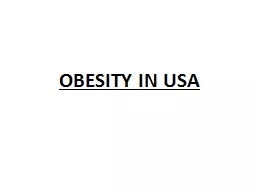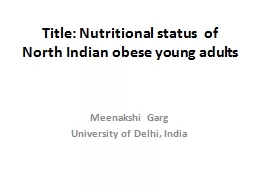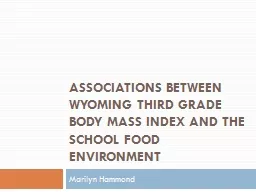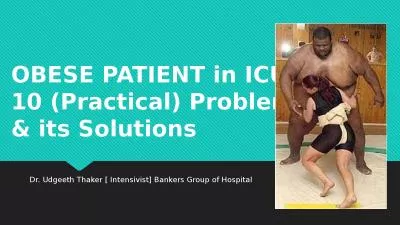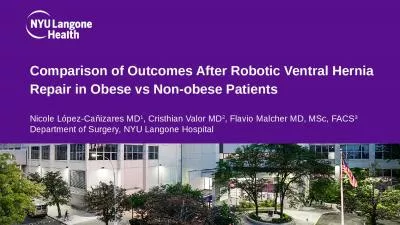PPT-Laboratory analysis of the obese child – recommendations and discussion
Author : tatyana-admore | Published Date : 2018-10-07
MacKenzi Hillard May 4 2011 aka What to do with Fasting Labs The Obesity Epidemic The prevalence of obesity in adolescents has tripled since 1980 31 of children
Presentation Embed Code
Download Presentation
Download Presentation The PPT/PDF document "Laboratory analysis of the obese child �..." is the property of its rightful owner. Permission is granted to download and print the materials on this website for personal, non-commercial use only, and to display it on your personal computer provided you do not modify the materials and that you retain all copyright notices contained in the materials. By downloading content from our website, you accept the terms of this agreement.
Laboratory analysis of the obese child – recommendations and discussion: Transcript
Download Rules Of Document
"Laboratory analysis of the obese child – recommendations and discussion"The content belongs to its owner. You may download and print it for personal use, without modification, and keep all copyright notices. By downloading, you agree to these terms.
Related Documents

